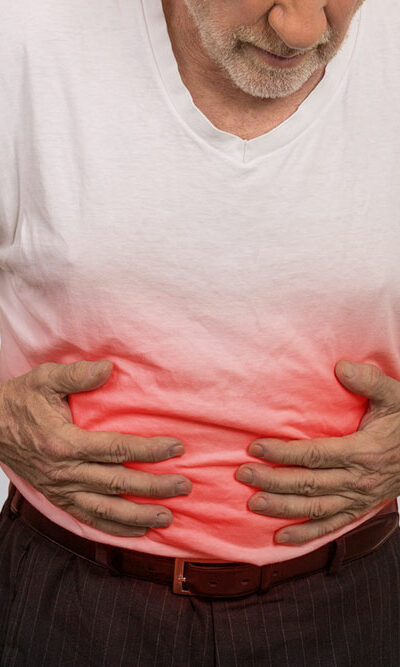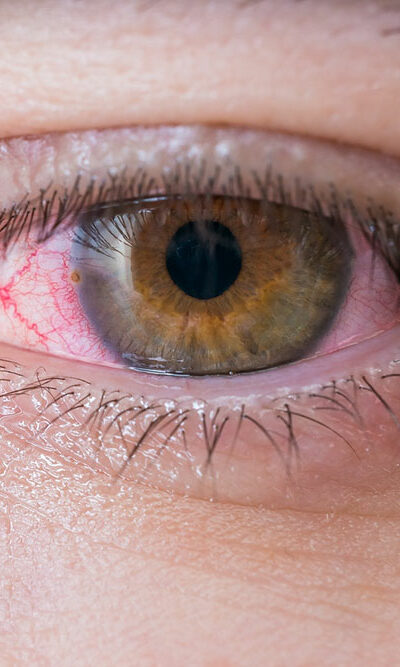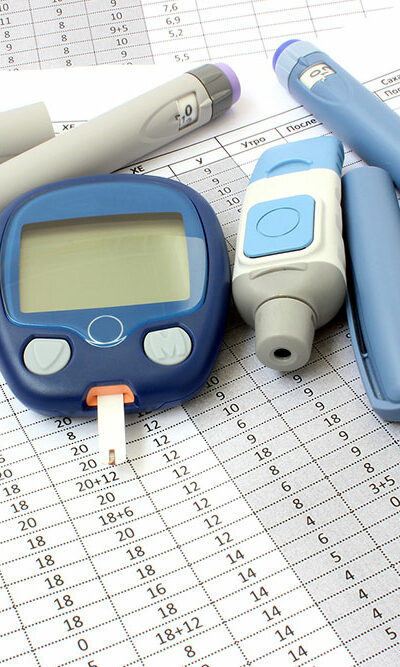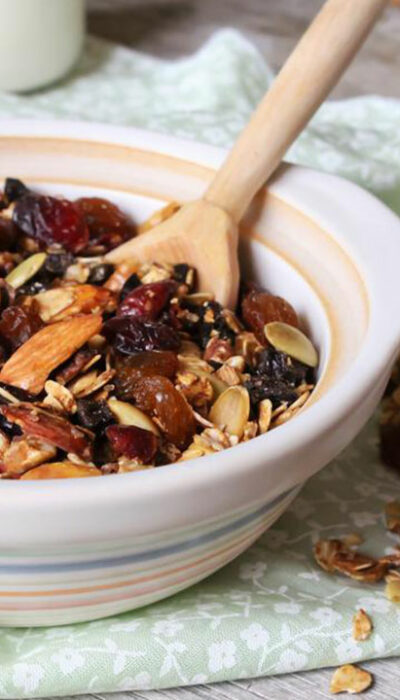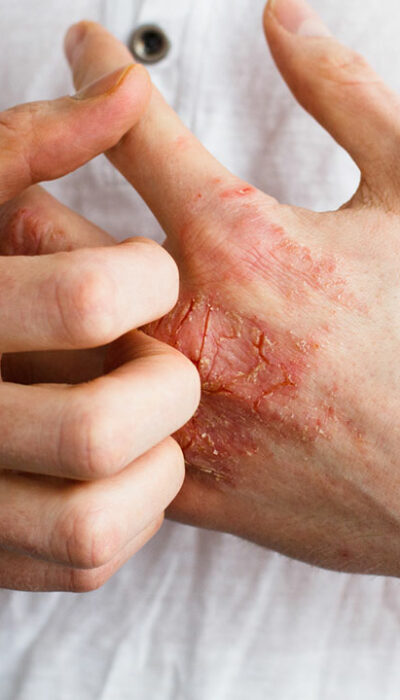
Effective Treatments for Diabetic Nerve Pain
Diabetes can trigger long-term health problems in people. If you do not regulate your blood sugar levels, and they remain high for a protracted period of time, it can lead to a condition known as diabetic neuropathy. Diabetic neuropathy causes damage to the nerves that send signals to the brain from the hands and feet. It can cause numbness in the hands and feet along with a sharp, burning pain, known as diabetic nerve pain. Diabetic nerve pain happens as a result of nerve damage in people who have diabetes. Some people experience very mild symptoms, whereas the others may go through severe and disabling aches. The best way to prevent diabetic nerve pain is by regulating your blood sugar levels and maintaining a healthy lifestyle. Common causes of diabetic nerve pain High blood pressure : High blood pressure is perhaps the biggest cause of diabetic nerve pain, as excessive blood glucose levels can cause severe damage to nerve fibers running throughout the body, resulting in excruciating pain. At the same time, high sugar levels reduce the amount of oxygen supplied to the nerves, which in turn weakens them. Obesity and high triglycerides : Obesity and high levels of triglyceride are also believed to increase the likelihood of nerve damage, leading to diabetic nerve pain. Reduced levels of HDL cholesterol : Low levels of good HDL cholesterol and high levels of bad LDL cholesterol also boost the risk of diabetic peripheral neuropathy. Treatments for diabetic nerve pain Once the nerves have been damaged, they cannot be replaced. However, there are some treatment options that can prevent further damage as well as relieve the symptoms. To begin with, you need to closely check and regulate your blood sugar levels and prevent them from going up. For this, you can take the help of some diet charts, exercise, and medications to keep the sugar levels within the limit.
